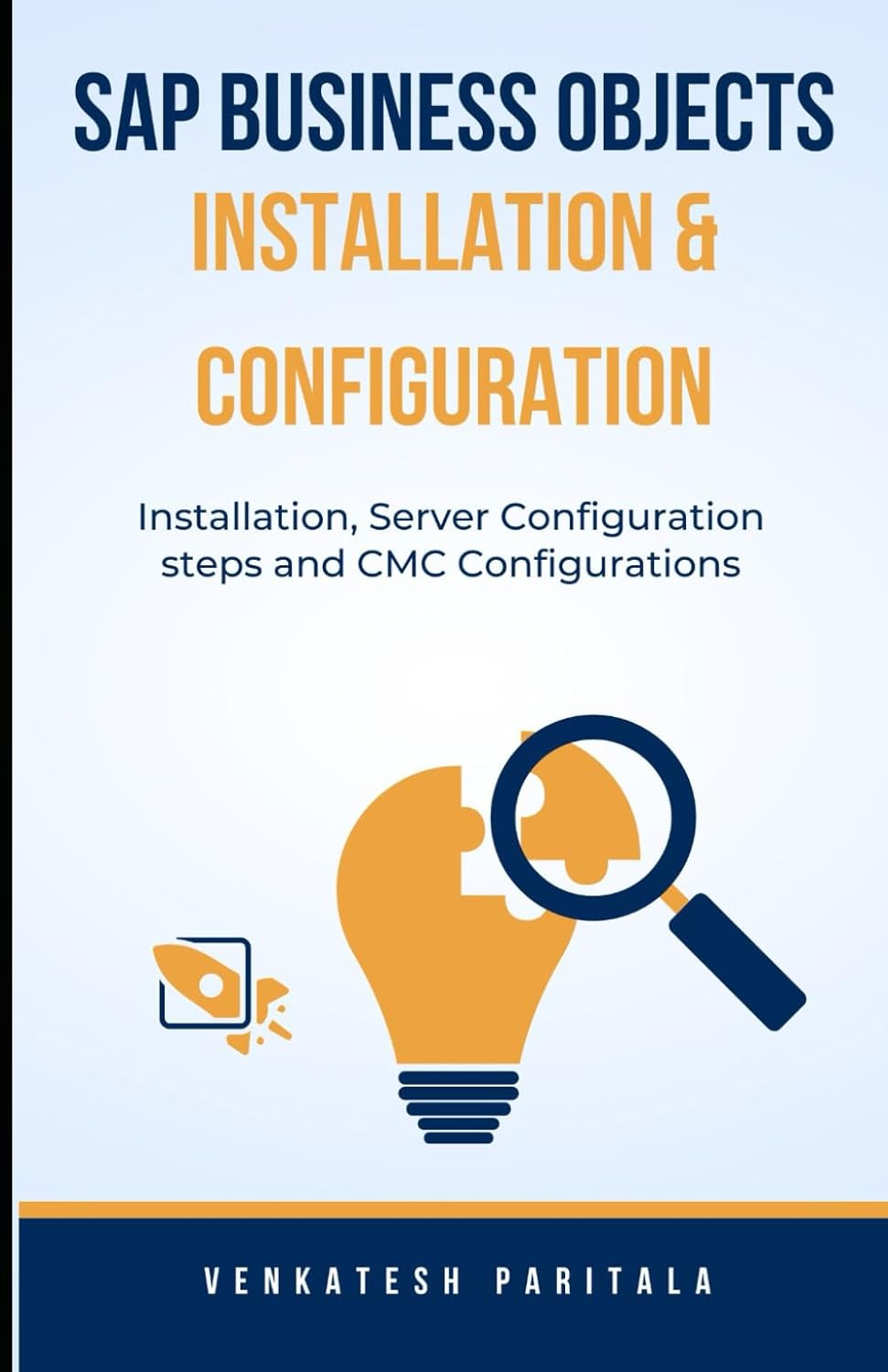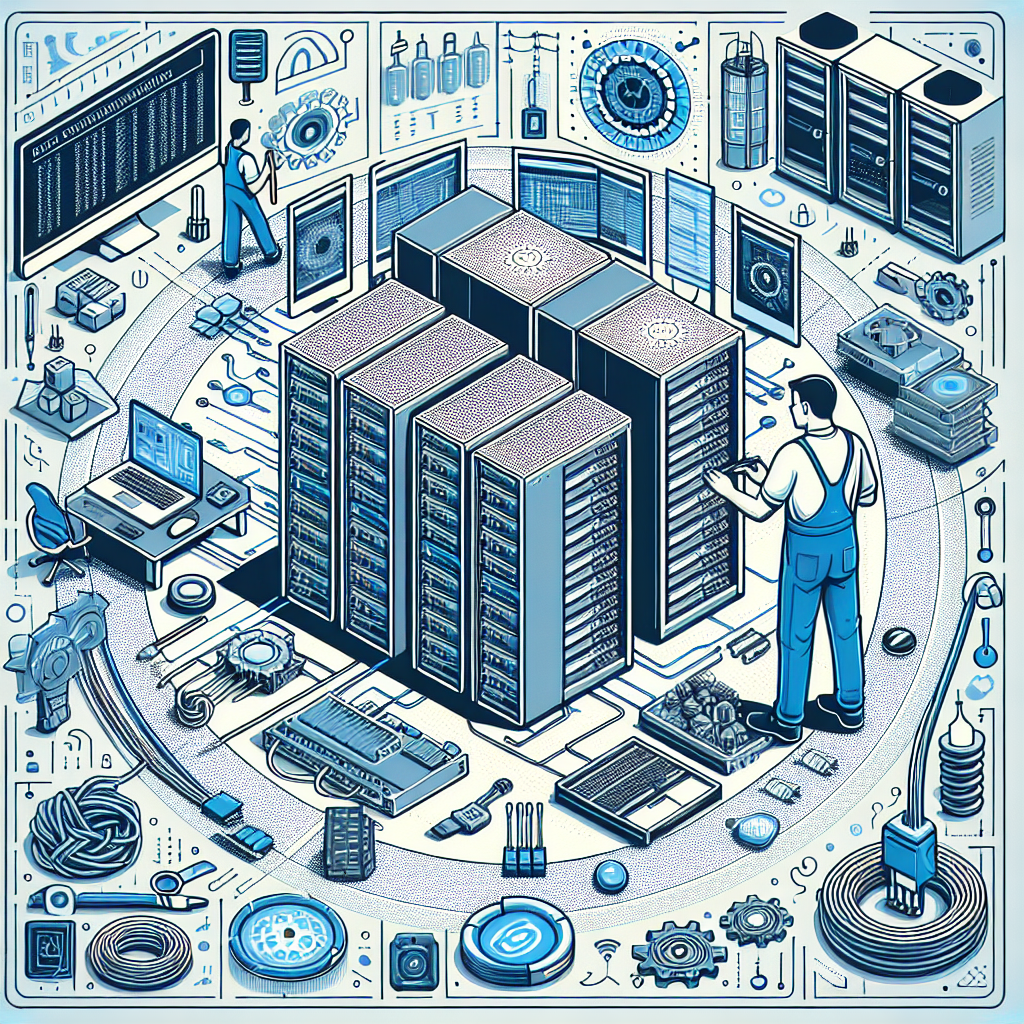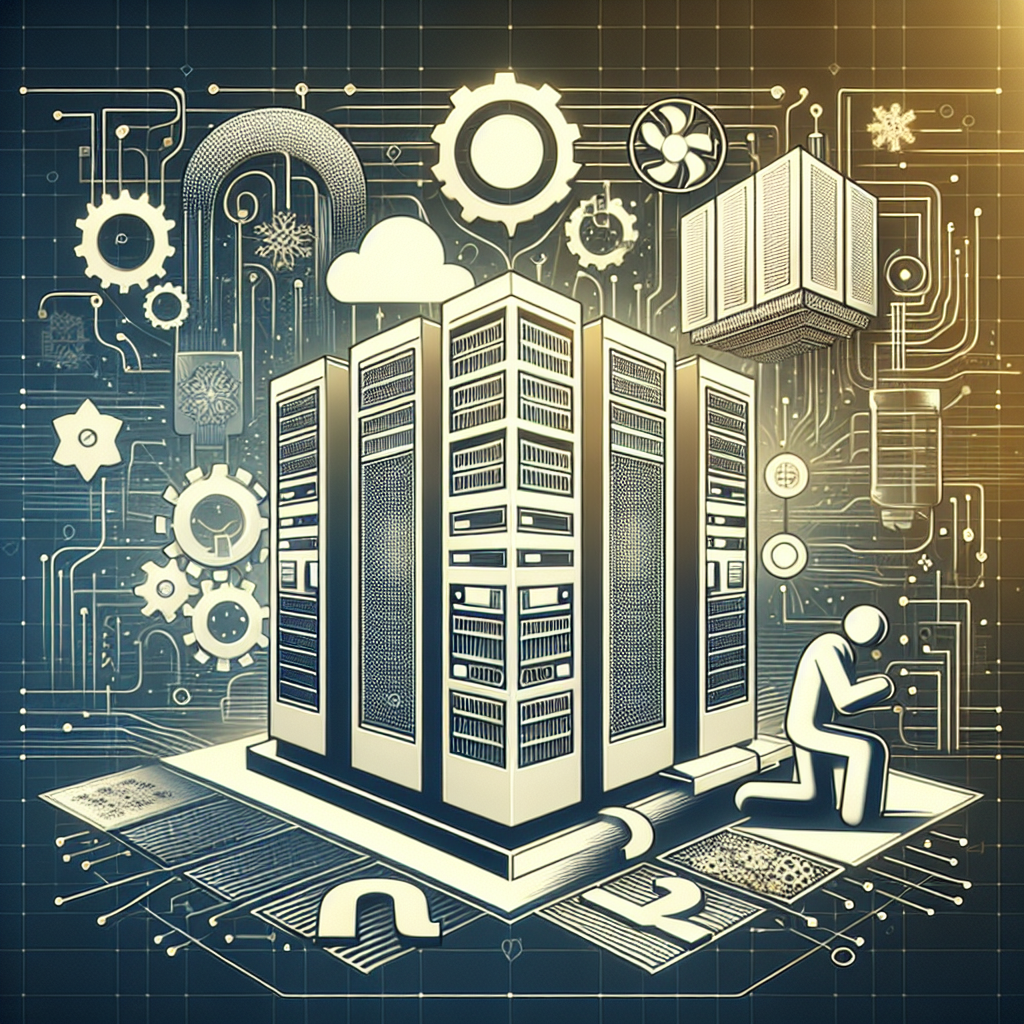Data centers are the heart of any organization’s IT infrastructure, housing and managing critical data and applications. As data centers continue to grow in size and complexity, effective lifecycle management becomes increasingly important in order to ensure optimal performance, scalability, and cost-efficiency. Here are 5 key steps for effective data center lifecycle management:
1. Strategic Planning: The first step in effective data center lifecycle management is to develop a strategic plan that aligns with the organization’s business goals and IT requirements. This plan should outline the current state of the data center, future growth projections, technology trends, and budget constraints. By having a clear roadmap in place, organizations can make informed decisions about investments, upgrades, and expansions.
2. Regular Assessments: Regular assessments of the data center infrastructure are crucial for identifying potential risks, inefficiencies, and opportunities for improvement. These assessments should cover areas such as power and cooling systems, server utilization, storage capacity, network connectivity, and security protocols. By conducting regular audits, organizations can proactively address issues before they become critical problems.
3. Capacity Planning: Capacity planning is essential for ensuring that the data center can support current and future workload demands. By analyzing historical data, growth projections, and application requirements, organizations can determine the optimal capacity for servers, storage, and networking equipment. Effective capacity planning helps to avoid over-provisioning or under-provisioning resources, which can lead to performance bottlenecks or wasted resources.
4. Technology Refresh: Technology is constantly evolving, and data centers must keep pace with new advancements in hardware, software, and networking technologies. Regular technology refresh cycles are necessary to ensure that the data center remains efficient, secure, and compliant with industry standards. By upgrading outdated equipment and software, organizations can improve performance, reduce maintenance costs, and enhance security.
5. Disaster Recovery Planning: Data centers are vulnerable to a variety of threats, including natural disasters, cyber-attacks, and equipment failures. A comprehensive disaster recovery plan is essential for minimizing downtime and data loss in the event of a catastrophic event. This plan should include backup and recovery procedures, redundant systems, failover mechanisms, and regular testing to ensure readiness.
In conclusion, effective data center lifecycle management is essential for optimizing performance, scalability, and cost-efficiency. By following these 5 key steps – strategic planning, regular assessments, capacity planning, technology refresh, and disaster recovery planning – organizations can ensure that their data center infrastructure remains resilient and reliable in the face of evolving IT challenges.












